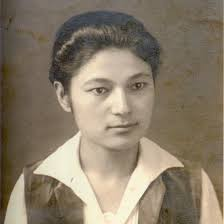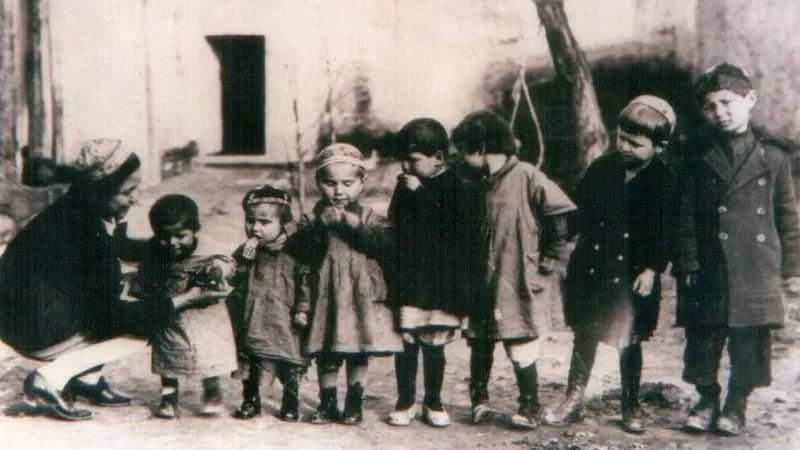When they couldn’t leave their neighborhood… Uzbek girls who set out for Germany
🔴Courage and tragedy on the path of knowledge
🔴The heroes of a difficult yet honorable journey
In 1922, it was considered extraordinary not only for an Uzbek girl to go abroad, but even to step beyond her own neighborhood. Yet among the 70 students sent to Germany to study were two Uzbek girls Maryam Sultonmurodova and Khayriniso Majidkhonova. They pursued a noble goal: to gain knowledge and lead their homeland toward progress.
This initiative was closely tied to the main ideas of the Jadid movement, which aimed to rescue Turkestan from backwardness and to train modern, educated specialists. For this purpose, the “Knowledge Committee” was established, planning to send students abroad every year. They believed that “if hundreds of young people are educated in Europe, independence will be achieved and capable cadres will emerge to lead it”.
At that time, part of the gold left from the Bukhara Emir was in the possession of the Turkestan government, and it was with this fund that the first group of students was sent to Germany. For that period, this journey was a tremendous act of courage: most of the young men had never been outside their own city, and as for the girls, leaving even their own neighborhood was rare yet they set out for foreign lands.
 The daughter of “Majid the Russian”
The daughter of “Majid the Russian”
Born in 1905 in Tashkent to an enlightened family, Khayriniso Majidkhonova stood out for her thirst for knowledge. Her father, Majidkhon, who had been to St. Petersburg and Moscow, was influenced by modern ideas and insisted that his daughters should receive an education equal to that of men. Such views seemed strange to society at the time, and he was mockingly nicknamed “Majid the Russian” by ignorant circles.
Yet thanks to this courageous upbringing, Khayriniso studied at both a technical school and a university in Germany, mastering medicine and child pedagogy.
Historic encounters and baseless accusations
In 1927, during a trip to Paris, she met intellectuals such as Mustafa Chokay and Ahmad Naim. Later, this very meeting was added to the list of “crimes” she was accused of.

In 1928, upon returning to her homeland, Khayriniso worked as a physician, examining children in her neighborhood. However, during Stalin’s repressions in 1937, she was arrested as a “nationalist and spy.” Her books were confiscated and burned along with the works of Abdullah Qodiriy and Cho‘lpon.
On October 9, 1938, the Supreme Court of the USSR sentenced her to execution as a “German spy”. The sentence was carried out the same day.
Her later fate
On October 7, 1999, Khayriniso Majidkhonova was fully rehabilitated by the Supreme Court of the Republic of Uzbekistan.
At the Museum of the Center of Islamic Civilization in Uzbekistan, in the section “Uzbekistan in the 20th Century”, this tragedy is depicted through the short film On the Path of Knowledge.... The film presents the educational journey, lives, and tragic fate of the first Uzbek girls educated in Germany Khayriniso Majidkhonova, Maryam Sultonmurodova, and Saida Sherahmadboeva. Based on archival documents, memoirs, and exhibits, viewers witness how the enlightenment movement at the beginning of the 20th century was such a difficult yet honorable path.
Shahnoza Rahmonova
P/S: The article may be used by citing the official website of the Center.
Most read

More than 80 historical artifacts related to Uzbekistan are planned to be returned to our country

An extended meeting of the Scientific Council took place at the Center of Islamic Civilization

About a house even greater than the Kaaba...











